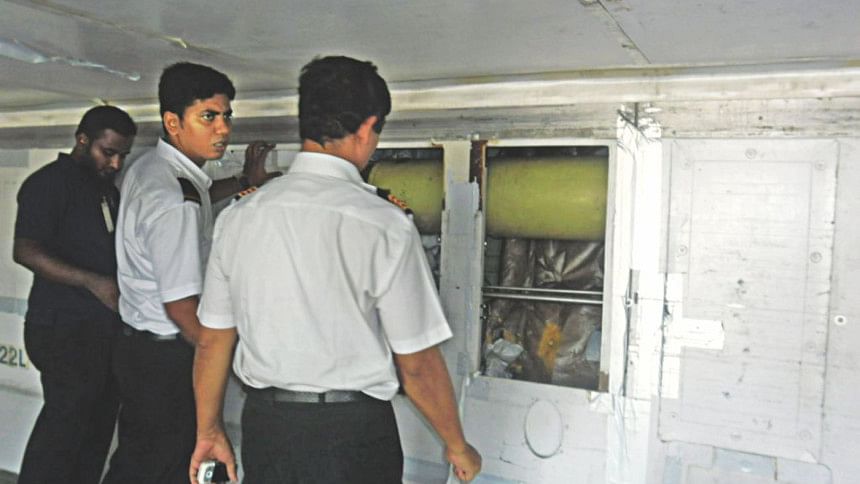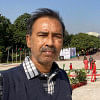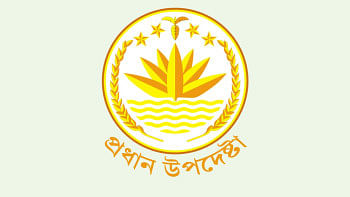Seized gold goes to central bank

Gold smuggling has gone remarkably up of late. Big haul of the most-sought-after metal makes headline all too frequently. But most of the smuggled gold enters and exits the country quite safely. The Daily Star in its 3-part extensive reports tries to put some light on the trans-border crime in which Bangladesh has become a transit destination for international smuggling syndicates.
Since independence, 2.2 tonnes of seized illegal gold worth around $90 million has been added to the country's foreign currency reserves.
In the last year alone, more than a tonne of illegal gold, mostly bullion, was seized by Customs intelligence and other agencies across the country.
Of those, 269 kg of gold has already been added to the forex reserves while the rest awaits disposal of the pending cases filed over their seizures, according to BB officials.
Last September, 244 kg of gold was included in the central bank's reserves and 25.31 kg in June, they said.
The central bank now has gold reserves of 14 tonnes with the foreign exchange reserves hovering around $22 billion. Excluding the 2.2 tonnes, the rest is kept in a vault of the Bank of England, said an official of the bank.
All illegal gold -- both bullion and ornaments -- seized by government agencies from all over the country goes straight to a secured vault of Bangladesh Bank.
Seeking anonymity, another BB official said one has to go through a seven-layer security system to enter the central bank vault where gold is kept.
Even if the BB governor wishes to visit the vault, he has to see the security checks through, added the official.
Once the agencies confiscate illegal gold at an airport or any other place, they contact the central bank which then fixes a date for receiving the gold.
On that day, the seized gold is taken to the BB vault in the capital's Motijheel under police escort. Designated staffs of the bank then test the yellow metal to determine its purity, and measure its weight.
If a case is filed over the seizure, the gold is not added to the reserves until the lawsuit is disposed of, Kazi Saidur Rahman, general manager of Bangladesh Bank, told The Daily Star recently.
The bullion that meets international standards is added to the foreign currency reserves after the BB deposits with the state exchequer the money equivalent to the bullion's market price, he said.
When it comes to gold ornaments, the central bank sells those through open tenders and then deposits the money in the exchequer, added Saidur.
Another BB official said the quantity of seized gold ornaments is very small compared to bullion.
Only when the amount reaches at least 20 kg, the BB arranges an auction in which anyone can take part. The last auction was held in 2007, added the official.
There are allegations that a section of unscrupulous Customs officials and law enforcers sometimes show only a portion of a consignment of the seized gold in official documents, and embezzle the rest.
One such example is the March 13 incident last year when a gang of smugglers, chased by a police team, left 235 gold bars abandoned in a car in the capital's Banasree.
Rampura police searched the vehicle and recorded seizure of only 70 gold bars.
The truth began to unravel when Samir Biswas, the driver of the car, along with alleged smuggler Jahid Hossain went to Rampura Police Station to get back their abandoned car four days after the incident.
As police arrested the duo, Samir claimed there were a total of 235 gold bars in the car, not 70.
Detectives arrested Sub-Inspector Manjurul Islam, and constables Wahiduzzaman and Akash Chowdhury of Rampura Police Station, and their source Rony for their involvement in embezzling the bullion.
The DB police later seized 149 gold bars raiding the houses of the arrestees and their relatives in Gazipur, Bogra and Narayanganj.

 For all latest news, follow The Daily Star's Google News channel.
For all latest news, follow The Daily Star's Google News channel. 



Comments